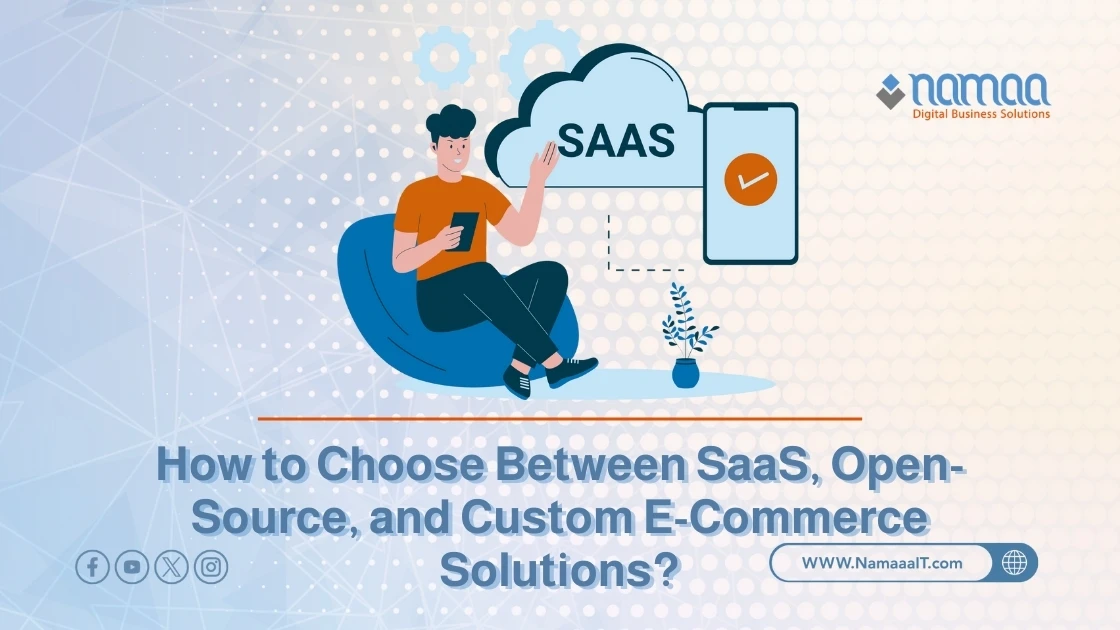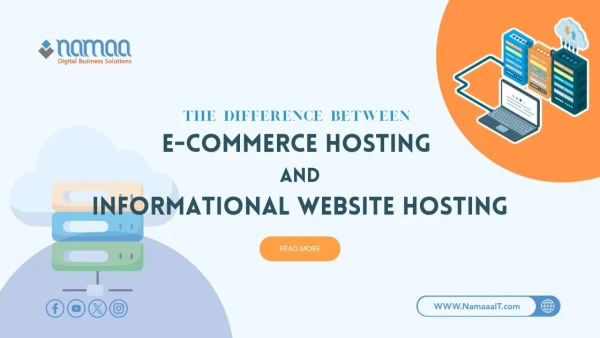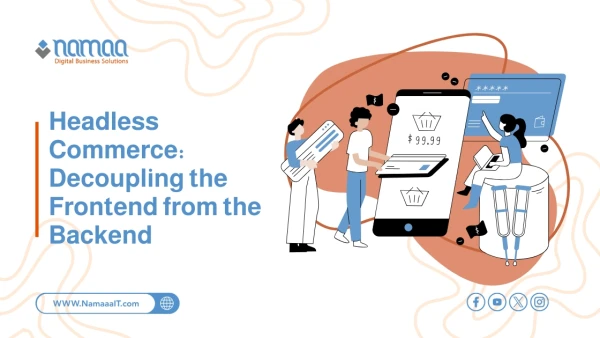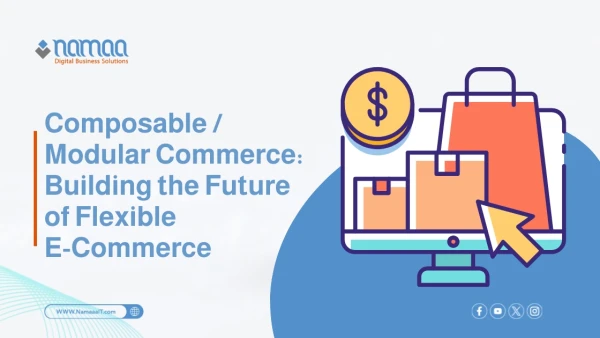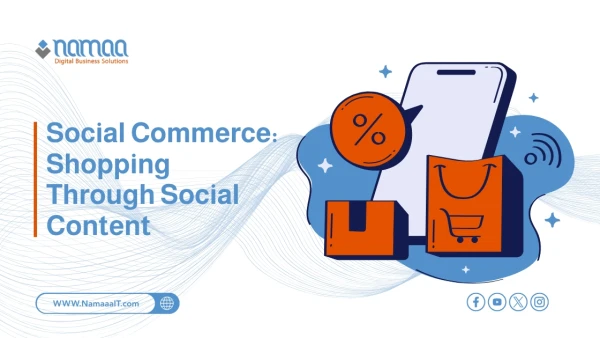Choosing the right e-commerce platform is not a simple decision. The choice between SaaS (Software as a Service), open-source platforms, and custom solutions heavily depends on your business type, budget, technical expertise, and your overall goals.
In this article, we’ll give you a clear and direct comparison between these three options, highlighting their advantages and drawbacks. Whether you're a startup looking to launch quickly, a mid-sized company aiming to scale, or a large enterprise with complex needs, we'll help you understand your options and make the best choice for your digital success.
What’s the Difference Between SaaS, Open-Source, and Custom Solutions?
When building an online store, you have three main options: ready-made SaaS platforms, open-source platforms, and fully custom-built solutions. Each has its own advantages and challenges, and the right choice depends on your business nature, budget, and desired speed of implementation.
SaaS platforms like PolarisMAX offer an out-of-the-box solution that can be launched quickly without building from scratch. They're ideal for businesses that want fast time-to-market at a reasonable cost and without technical complications. PolarisMAX, for example, allows you to launch your store in just 26 days with full integration for payment, shipping, ERP systems, and continuous technical support.
Open-source platforms like Magento Open Source offer high customization flexibility, but they require more time to implement and a technical team to manage updates, integrations, and maintenance. While the initial cost may seem lower, the overall expenses increase over time due to ongoing development and support needs.
Custom solutions are built entirely from scratch according to your specific requirements. They provide maximum flexibility and control, but they are the most expensive and slowest to implement, requiring a dedicated, ongoing development team.
In short, the core advantage of PolarisMAX is that it combines the speed and simplicity of SaaS with full customization flexibility. It allows you to easily adapt the platform to your business needs, ensures fast deployment, and significantly reduces total costs—while outperforming traditional SaaS and custom systems alike.
When Should You Choose a SaaS Platform?
SaaS platforms like PolarisMAX are perfect when you need to launch your online store quickly without getting bogged down in complex development or infrastructure management. If your company wants to see real results in weeks rather than months, PolarisMAX delivers exactly that.
What makes SaaS a strong choice is how it simplifies the process. With PolarisMAX, you get a complete online store with a ready-made mobile app, instant integration with payment gateways, shipping systems, and ERP—all working from day one without needing to hire technical teams or pay for external support.
One of PolarisMAX’s biggest advantages is its continuous technical support—not just for solving issues, but also for growing the store and adding new features as needed. It also offers excellent flexibility in user experience optimization, marketing integrations, and SEO improvements, all within a clear pricing plan.
If you're a store owner focused on rapid growth and want to invest your energy into sales and expansion rather than technical issues, SaaS—especially through PolarisMAX—is your smartest and fastest route.
When Are Open-Source Platforms the Best Fit?
Open-source platforms like Magento are suitable for companies that need complex customizations and have a strong technical team capable of handling long-term projects. These platforms give you full control to customize everything from design to backend processes—but they’re not for everyone.
Magento, for instance, is powerful but requires a long implementation time (up to a year) and comes with hidden costs that add up over time—like powerful hosting, specialized developers, ongoing maintenance, and complex integrations with payment, shipping, and ERP systems. Every additional feature usually requires separate development, which can be both expensive and complicated.
If you’re not equipped to manage a project of this size, you're better off considering ready-made solutions like PolarisMAX. PolarisMAX targets the same mid-to-large business segment as Magento but offers a faster, more cost-efficient, and easier-to-manage solution.
So if you have the time, a large budget, and want a store tailored down to the last detail, open-source might be right for you. But if you need flexibility and speed without sacrificing power, PolarisMAX is the smarter alternative.
read more: Digital Marketing and Search Engine Optimization
Cost Comparison: SaaS vs. Open-Source vs. Custom
When evaluating e-commerce platforms, cost is often one of the most critical factors. SaaS, open-source, and custom solutions differ significantly in both upfront and ongoing expenses.
SaaS platforms like PolarisMAX typically have a fixed monthly or annual subscription fee that covers everything: hosting, updates, support, and security. These platforms offer low initial costs and make future expenses predictable. In the short to mid-term, SaaS is the most affordable and budget-stable option, especially for businesses without an in-house tech team.
Open-source solutions like Magento or WooCommerce might seem free at first glance, but the reality is different. You'll need powerful hosting, skilled developers, technical support, and regular maintenance. Every new integration or update may require extra development hours. Hidden costs start accumulating, leading to a higher total cost of ownership.
Custom-built solutions are by far the most expensive. Developing a store from scratch means significant upfront investment in analysis, design, development, testing, and integration. Any future change will require more custom work. This model is only suitable for large enterprises with unique requirements that can’t be met by existing platforms.
To sum up:
SaaS is ideal for businesses needing budget control.
Open-source suits businesses with strong technical resources.
Custom is only viable for companies with a large budget and long-term strategy.
Security in Each Platform Type
Security is a critical element in e-commerce that directly affects customer trust and business continuity. Each platform offers a different level of protection, and the approach to threats varies significantly.
In SaaS platforms like PolarisMAX, security is fully handled by the provider. They implement the latest security protocols, monitor servers 24/7, and apply automatic updates to fix vulnerabilities. For store owners, this means peace of mind—focus on sales without worrying about cyberattacks or data loss. Features like encryption, backups, and SSL certificates are built into the service.
Open-source platforms offer complete flexibility, but security becomes the responsibility of the store owner or their technical team. Any vulnerability in themes, plugins, or server settings can be exploited. Non-automatic updates and third-party integrations add complexity and risk. Without a strong technical team and constant monitoring, these platforms are prone to security issues.
In custom-built solutions, everything—including the security system—is built from scratch. This gives you total freedom but also a heavy burden. You’ll need cybersecurity experts to ensure system protection, ongoing monitoring, and custom updates—all of which add to the cost.
In general, SaaS is the safest option for non-technical users, while open-source and custom solutions require strong technical resources to remain secure.
The Role of Your Development Team in Choosing the Right Platform
Your development team is a key factor in deciding the best e-commerce platform. Technical knowledge, team size, and responsiveness all determine whether your project will succeed on an open-source or custom platform—or if SaaS is the better choice.
If you don’t have an internal development team or a trusted tech partner, a SaaS platform like PolarisMAX is your best option. You won’t need to write a single line of code—everything from design to updates is handled by the provider. This lets you focus on growing your business rather than managing technology.
If you have a capable technical team skilled in coding, infrastructure, and security updates, open-source platforms like Magento offer great flexibility. But there’s no room for error—neglect or poor follow-up can lead to downtime or security breaches.
Custom solutions require an extremely strong development team or a reliable software company. Every function is built from scratch, meaning huge responsibilities on your developers—from writing and testing code to ongoing maintenance. Any delay or poor planning directly affects performance and costs.
Summary
✅ A store can be launched using PolarisMAX in just 26 days, compared to Magento which may take 8 to 12 months for full implementation.
✅ PolarisMAX has a significantly lower operating cost than Magento due to the lack of complex development and customization needs—dramatically reducing total cost of ownership (TCO).
✅ PolarisMAX provides continuous and direct technical support, including development and optimization—unlike Magento, which requires internal or external support teams at additional costs.
✅ PolarisMAX supports hybrid payment methods and ready-made integrations with ERP systems, payment gateways, and shipping—with no extra coding required.
✅ PolarisMAX includes a complete mobile app for both iOS and Android as part of the core package, while Magento requires separate app development with additional time and cost.

